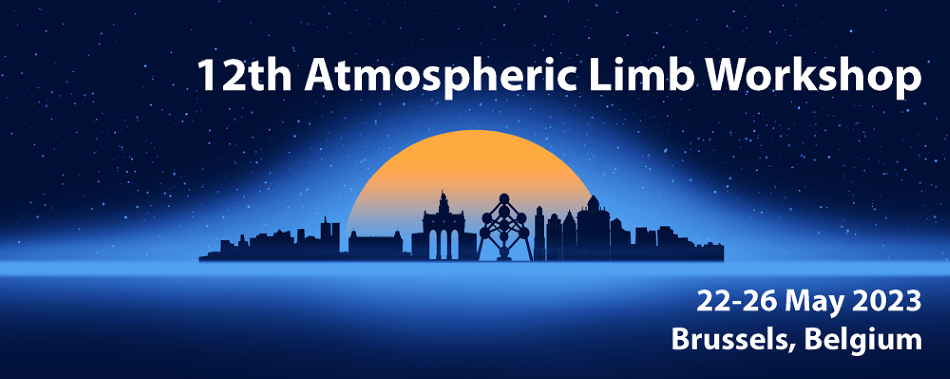Speaker
Description
Ozone and water vapor in the lower stratosphere are important trace gases for atmospheric chemistry and radiative budget. The Stratospheric Aerosol and Gas Experiment (SAGE) missions have been crucial in monitoring the stratospheric ozone loss and the subsequent recovery as well as the trends in water vapor linked to surface temperature trends. The SAGE III instrument aboard the International Space Station (ISS) continues the SAGE mission record, with high vertical resolution profiles of ozone and water vapor available since mid 2017. The NASA GEOS Earth system model has the new capability to assimilate multi-constituents from ground and space-based instruments using the GEOS Constituent Data Assimilation System (CoDAS). The recently released MERRA-2 Stratospheric Composition Reanalysis with Aura MLS (M2-SCREAM) assimilates version 4.2 MLS ozone, water vapor and other chemically-reactive species with the NASA GEOS model coupled to a stratospheric-only chemistry mechanism and transport constrained to the MERRA-2 reanalysis. While the number of solar occultation observations a day from SAGE III/ISS is about 1% of the total number of profiles observed globally by MLS, the chemical timescales of ozone and water vapor in the lower stratosphere are long enough that the SAGE III/ISS data may provide a useful constraint on the assimilated product. Using the same GEOS CoDAS configuration as M2-SCREAM, we will present a series of experiments to investigate if water vapor trends are consistent with the assimilation of SAGE observations with and without Aura retrievals, and to determine if the assimilation of SAGE observations produces a steady product for trend analysis, especially as the end of the Aura mission nears. In our experiments, assimilating only SAGE III/ISS water vapor profiles results in water vapor fields more consistent with experiments that assimilate MLS v5; however, in the polar regions SAGE III/ISS observations are not available and the modelled values are unconstrained. We are encouraged by the positive benefit assimilating the less frequent SAGE III/ISS observations has on stratospheric composition. Sensitivity experiments such as these will allow us to assess the added value of SAGE data for continued monitoring of the stratospheric composition for climate and ozone recovery assessments.

